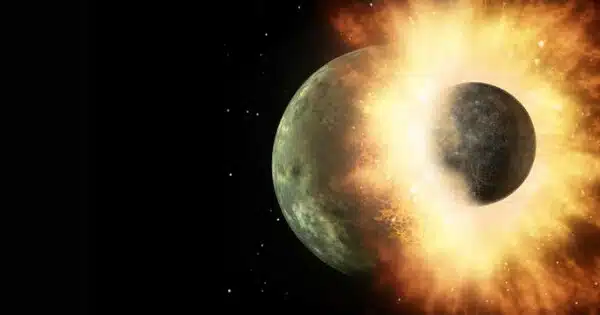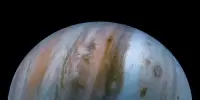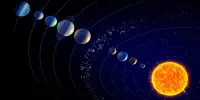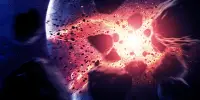Planetary collision research is critical to understanding the creation and evolution of our solar system and other planetary systems in the cosmos. Scientists detect and examine the impact of such collisions using a variety of approaches, including computer simulations and observations.
An international team of astronomers has identified a Neptune-sized planet with a density greater than steel, which they believe is the product of a massive planetary collision. TOI-1853b’s mass is over twice that of any other similar-sized planet known, and its density is extremely high, implying that it is composed of a greater proportion of rock than would be predicted at that scale.
In the study, published in Nature, scientists led by Luca Naponiello of the University of Rome Tor Vergata and the University of Bristol suggest that this is the result of planetary collisions. These huge impacts would have removed some of the lighter atmosphere and water leaving a multitude of rocks behind.
TOI-1853b is the size of Neptune but has a density higher than steel. Our work shows that this can happen if the planet experienced extremely energetic planet-planet collisions during its formation. These collisions stripped away some of the lighter atmosphere and water leaving a substantially rock-enriched, high-density planet.
Dr. Zo Leinhardt
Dr. Phil Carter, Senior Research Associate and co-author from Bristol’s School of Physics commented, “We have strong evidence for highly energetic collisions between planetary bodies in our solar system, such as the existence of Earth’s Moon, and good evidence from a small number of exoplanets.” We know that there is a large range of planets in exoplanetary systems; many have no counterpart in our solar system but often have masses and compositions between those of the rocky planets and Neptune/Uranus (the ice giants).”
“Our contribution to the study was to simulate extreme giant impacts that could potentially remove the lighter atmosphere and water/ice from the original larger planet, resulting in the extreme density measured. We discovered that the initial planetary body would have needed to be water-rich and undergo an intense massive impact at a speed of more than 75 km/s in order to generate TOI-1853b as seen.”
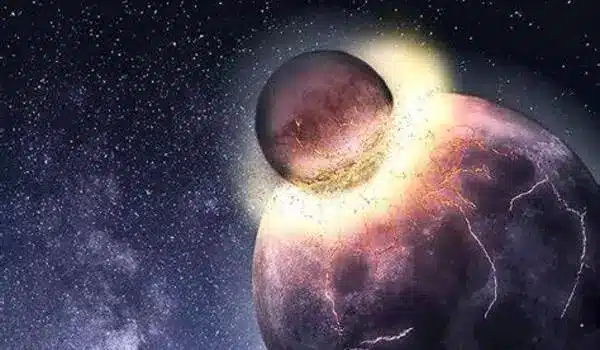
The team is now planning thorough follow-up observations of TOI-1853b in order to discover any leftover atmosphere and investigate its composition.
“We had not previously investigated such extreme giant impacts because they were not something we had expected,” stated Associate Professor and coauthor Dr Zo Leinhardt. Much effort remains to be done to refine the material models that underpin our simulations and to broaden the range of extreme gigantic impacts that can be modeled.”
“TOI-1853b is the size of Neptune but has a density higher than steel. Our work shows that this can happen if the planet experiences extremely energetic planet-planet collisions during its formation. These collisions stripped away some of the lighter atmosphere and water leaving a substantially rock-enriched, high-density planet.”
The team is now planning thorough follow-up observations of TOI-1853b in order to discover any leftover atmosphere and study its composition.
Associate Professor and coauthor Dr Zo Leinhardt observed, “We had not previously investigated such extreme giant impacts because they were not something we had expected.” There is still significant effort to be done to improve the material models that underpin our simulations and to broaden the range of extreme gigantic impacts that can be modeled.”
